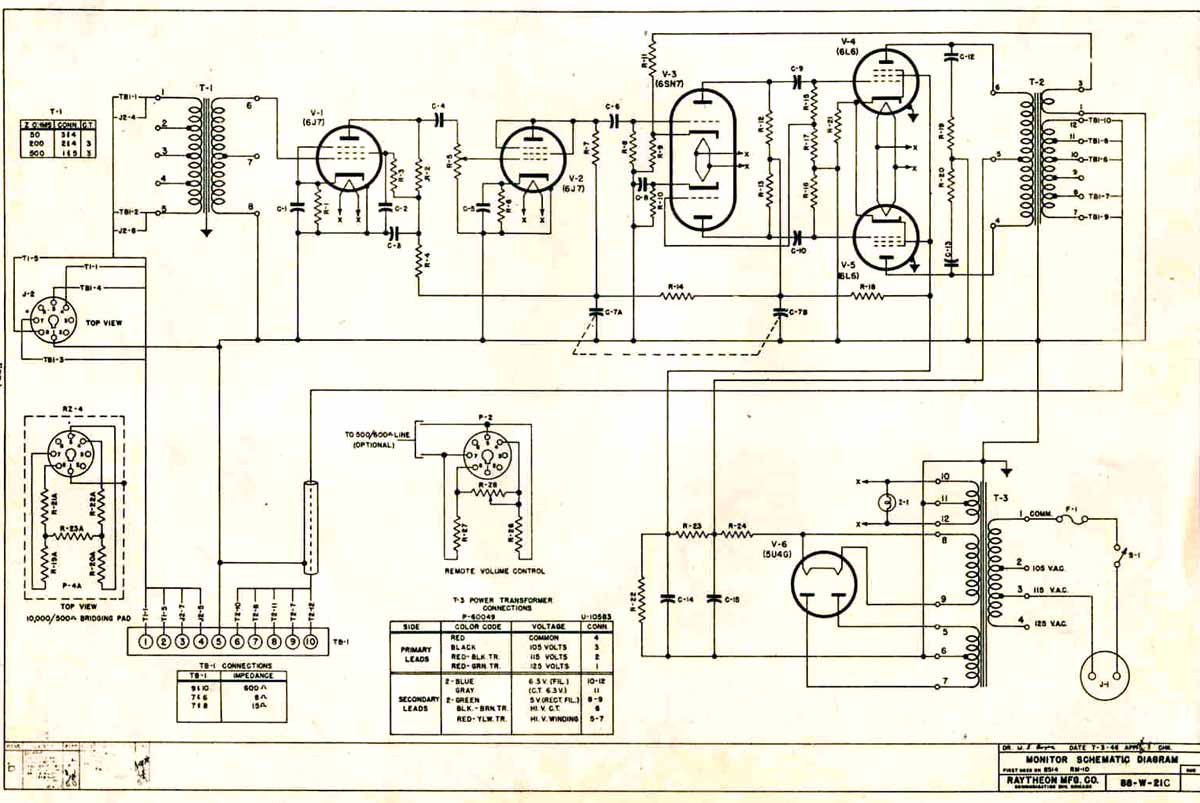Raytheon RM10
on power up the output had significant ac voltage (~130vac). Subsided relatively quickly. I'm assuming this was from capacitors charging? Caps have been replaced and work was done by a reputable tech. I was asked to add cabling and an output pad. Everything looks right according to the schematic. Anyway to avoid this? the gain was 3/4ths of the way up when powered on but not sure it made a difference. Sounds fantastic once warmed up but I worry about someone frying something when it's wire up to a patchbay.

on power up the output had significant ac voltage (~130vac). Subsided relatively quickly. I'm assuming this was from capacitors charging? Caps have been replaced and work was done by a reputable tech. I was asked to add cabling and an output pad. Everything looks right according to the schematic. Anyway to avoid this? the gain was 3/4ths of the way up when powered on but not sure it made a difference. Sounds fantastic once warmed up but I worry about someone frying something when it's wire up to a patchbay.






